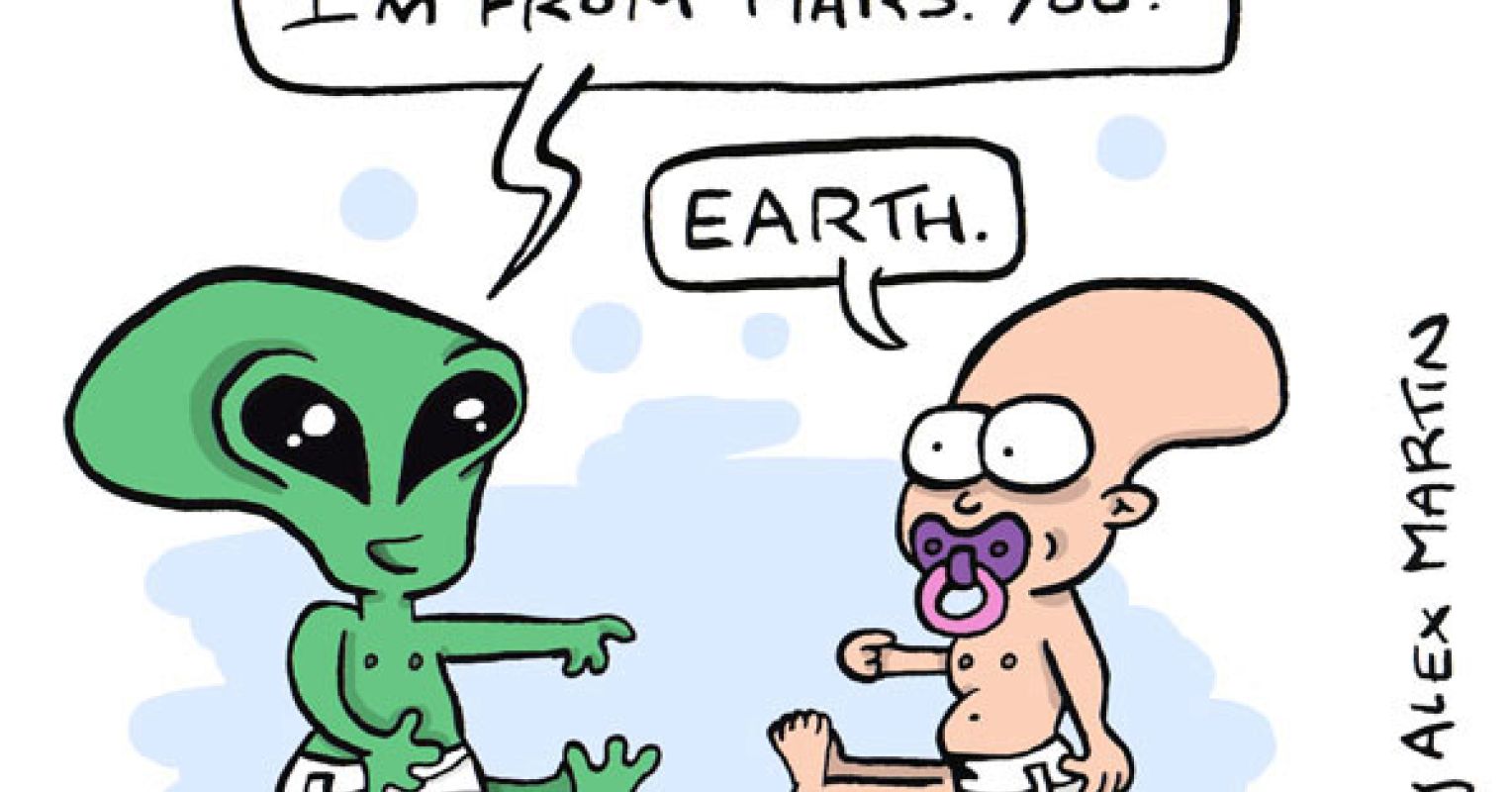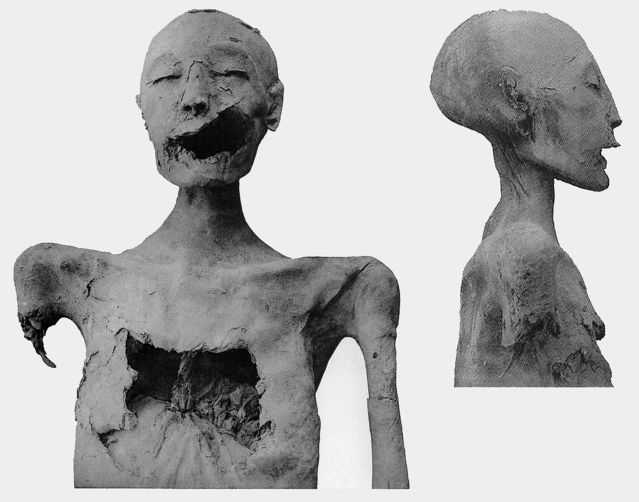
What do we call 'Artificial cranial deformation' in archaeology and why did ancient civilizations practised it?
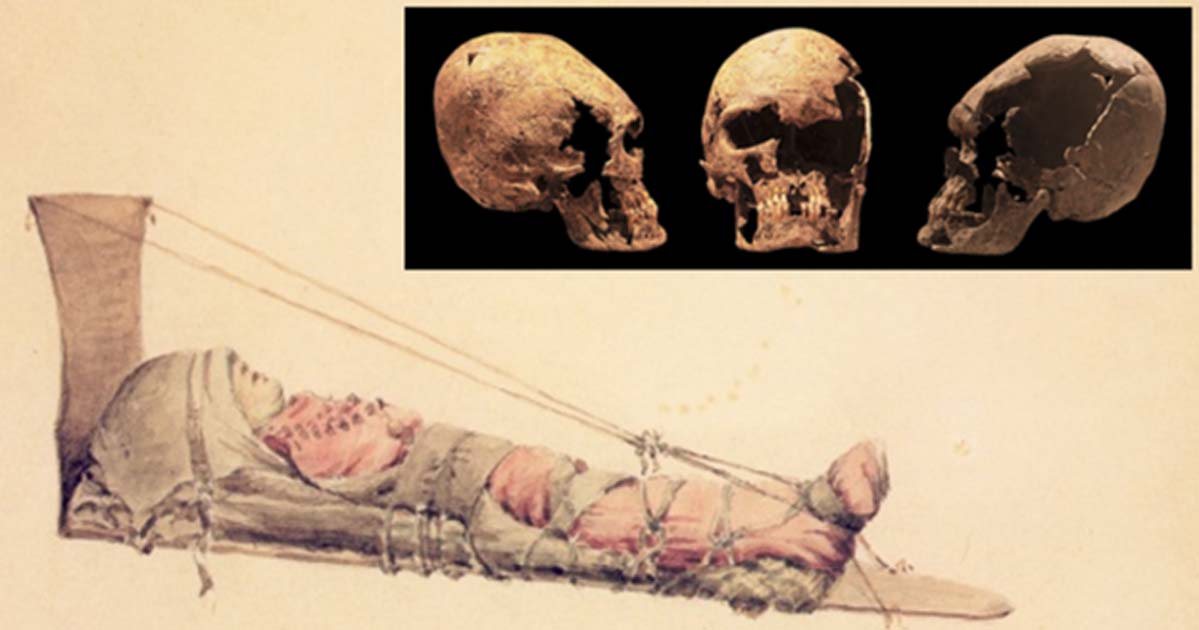
Why Did Parents in the Chinookan tribe Perform Cranial Deformation on their Babies? | Ancient Origins

Skull Showing Cranial Deformation Resulting Headbinding Editorial Stock Photo - Stock Image | Shutterstock Editorial

What do we call 'Artificial cranial deformation' in archaeology and why did ancient civilizations practised it?

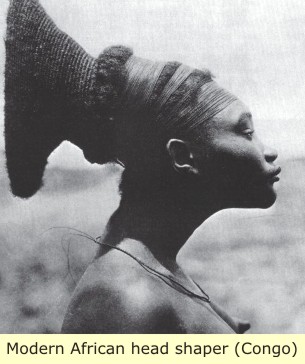
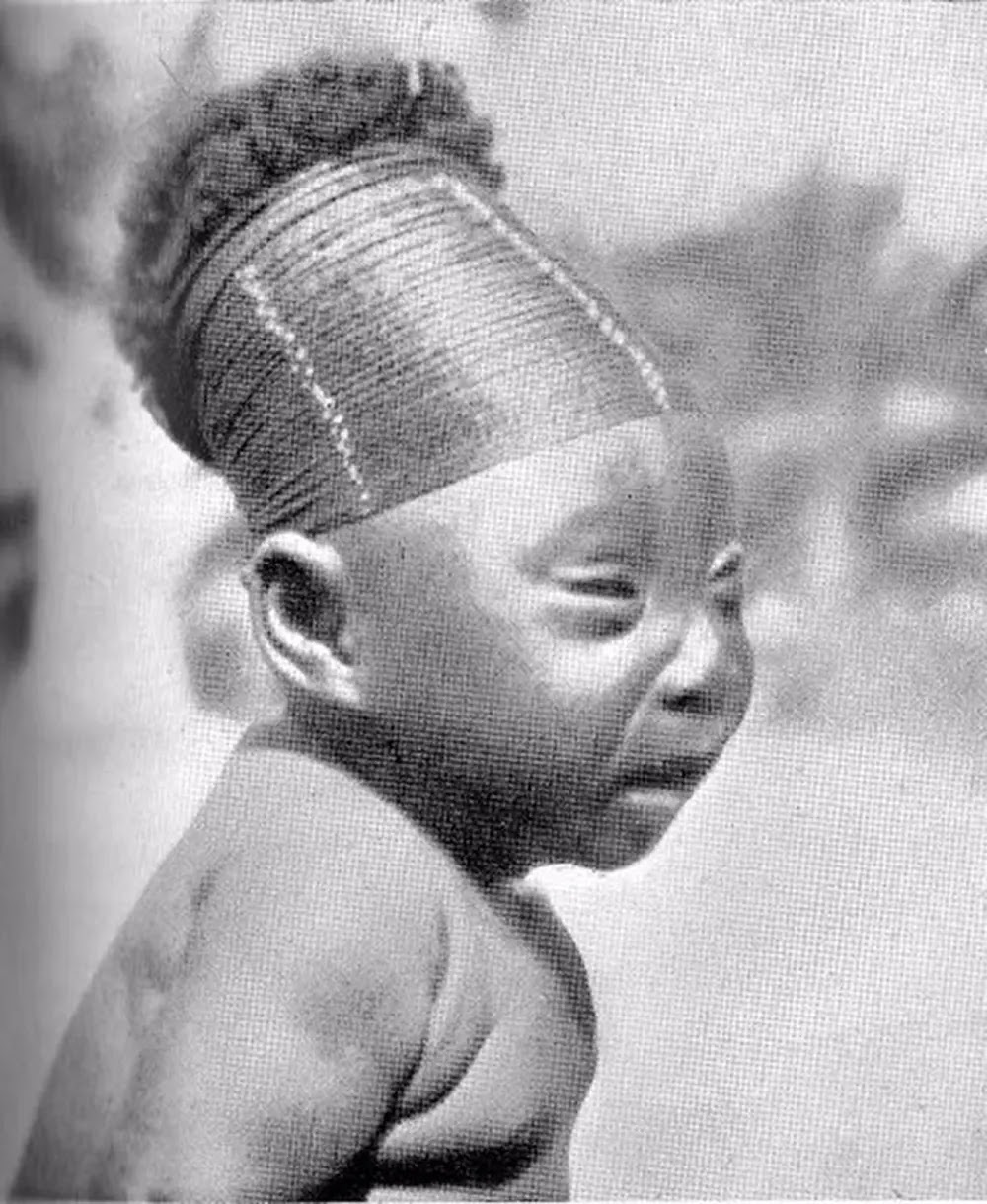
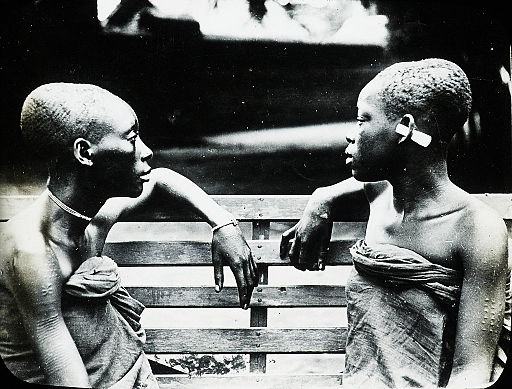
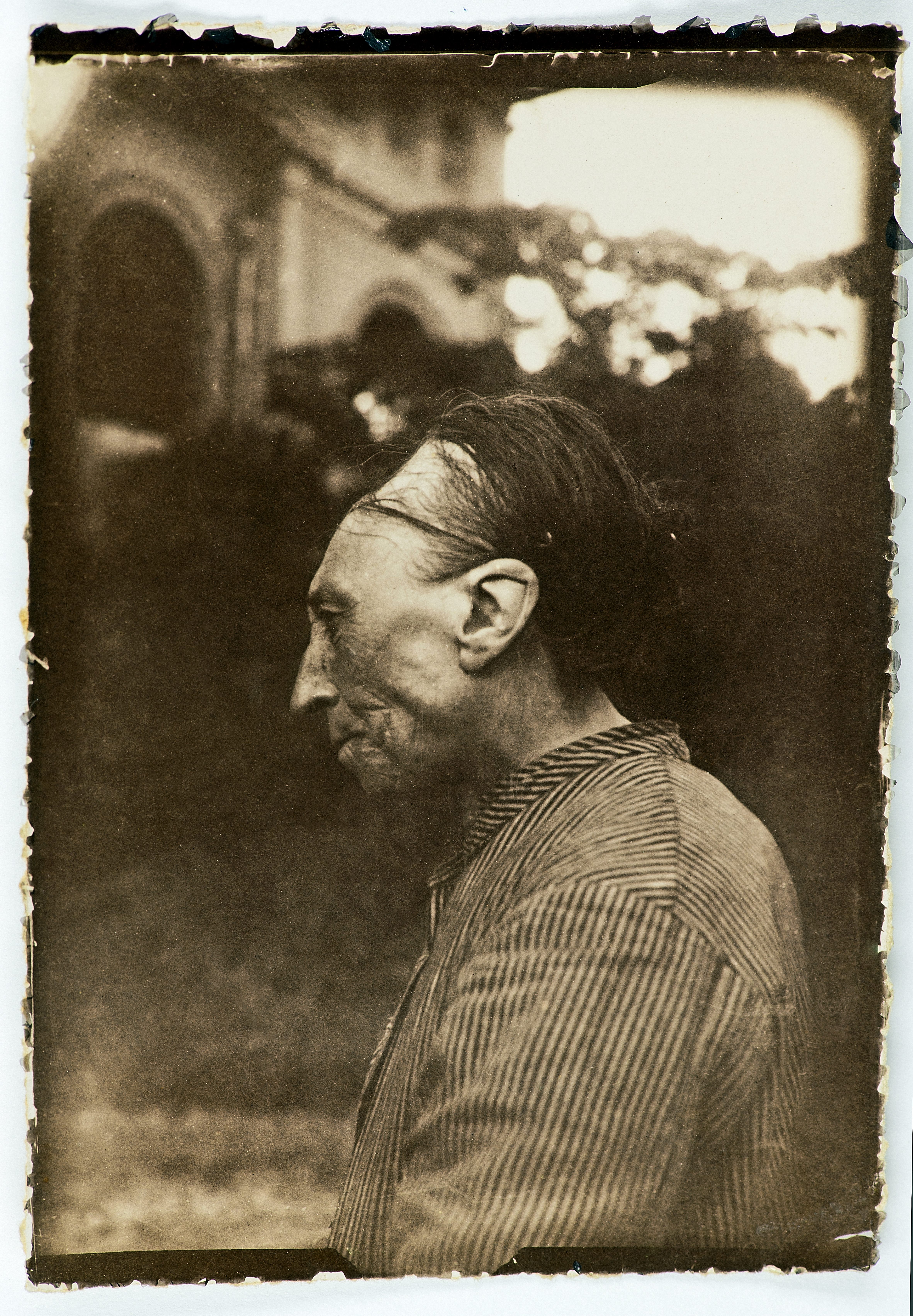

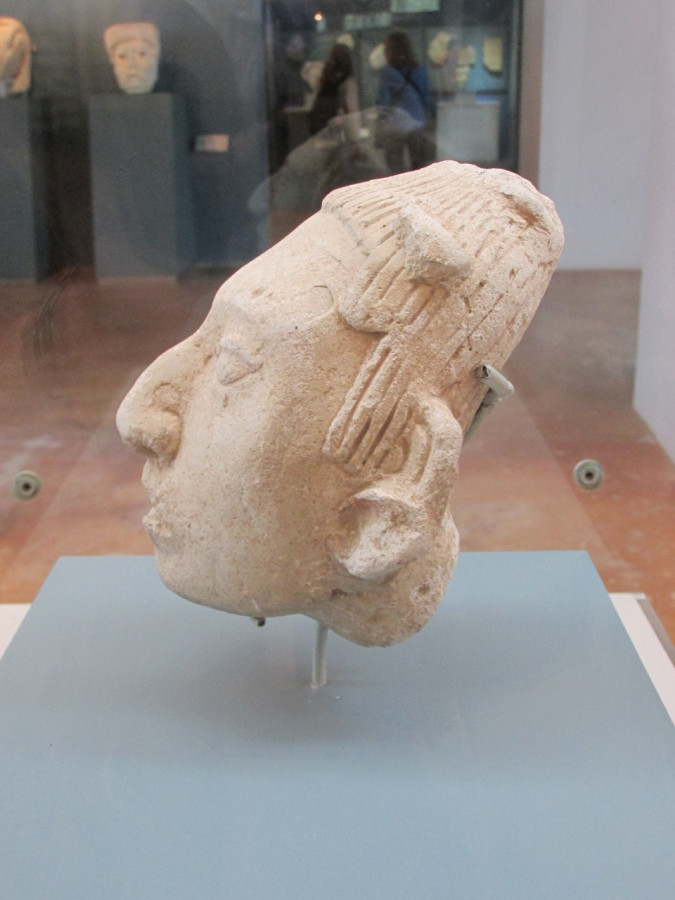



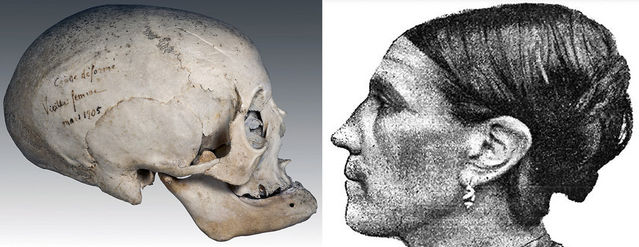

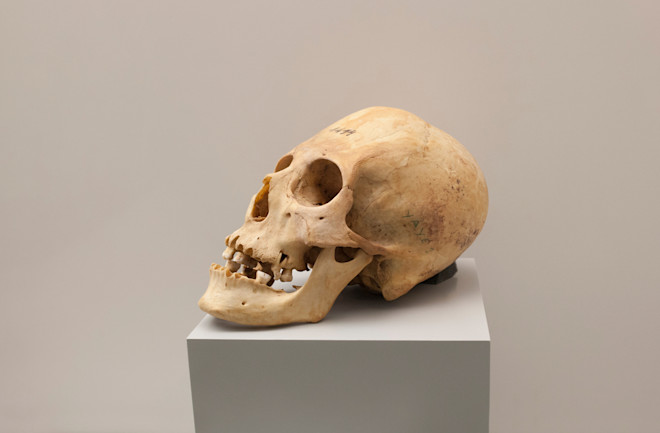

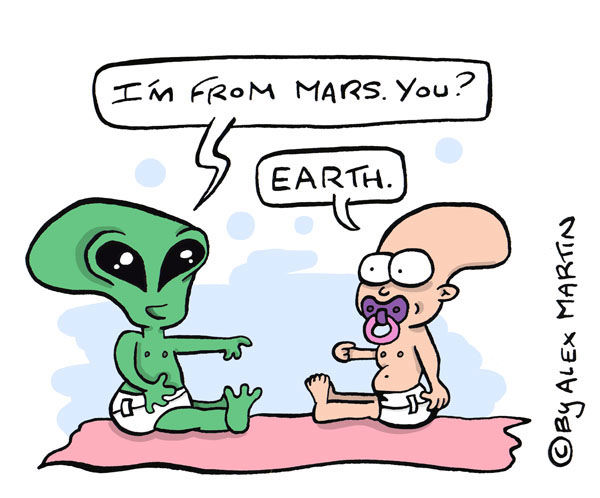

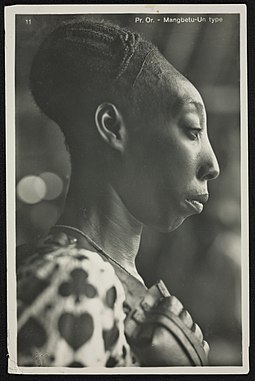


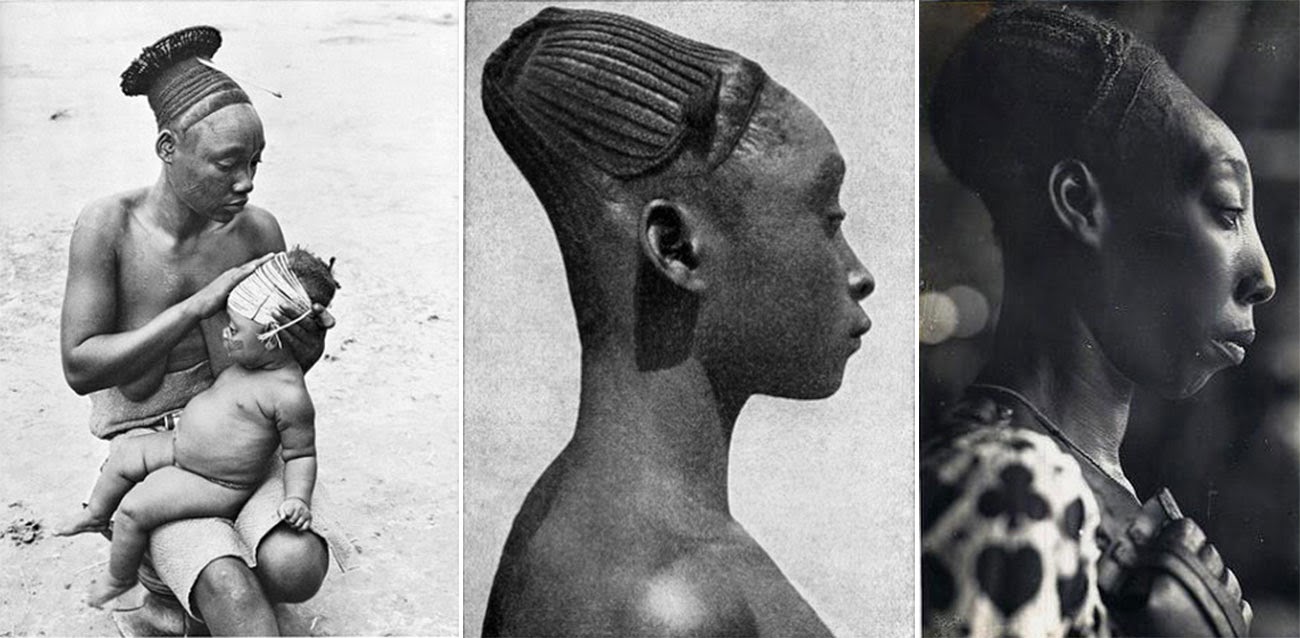.jpg)
